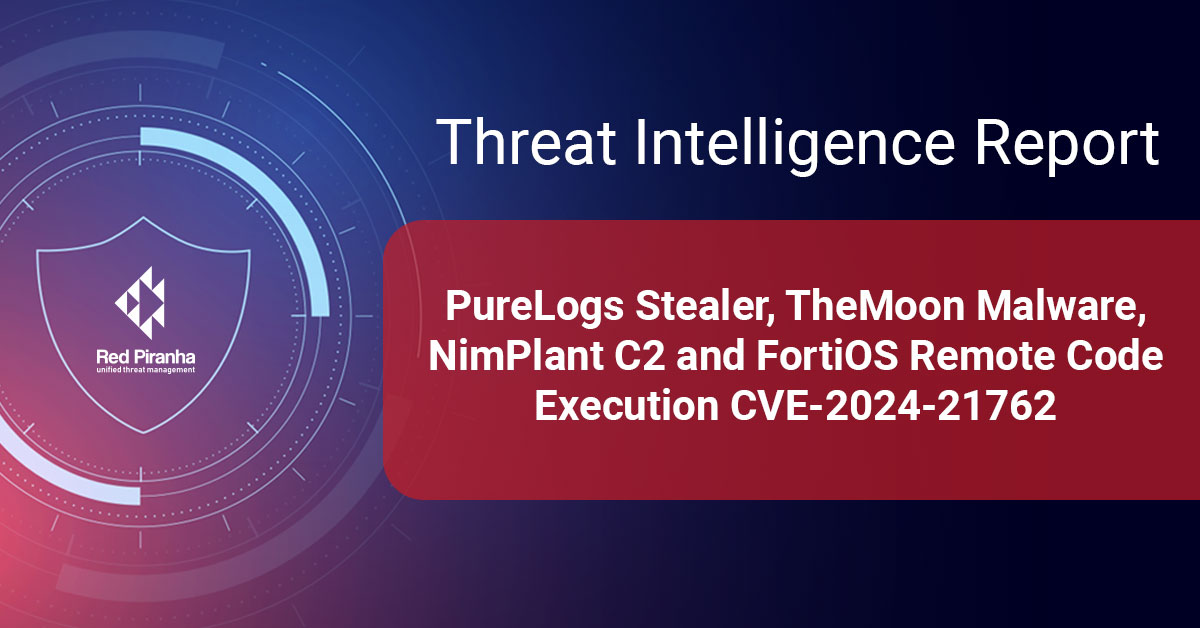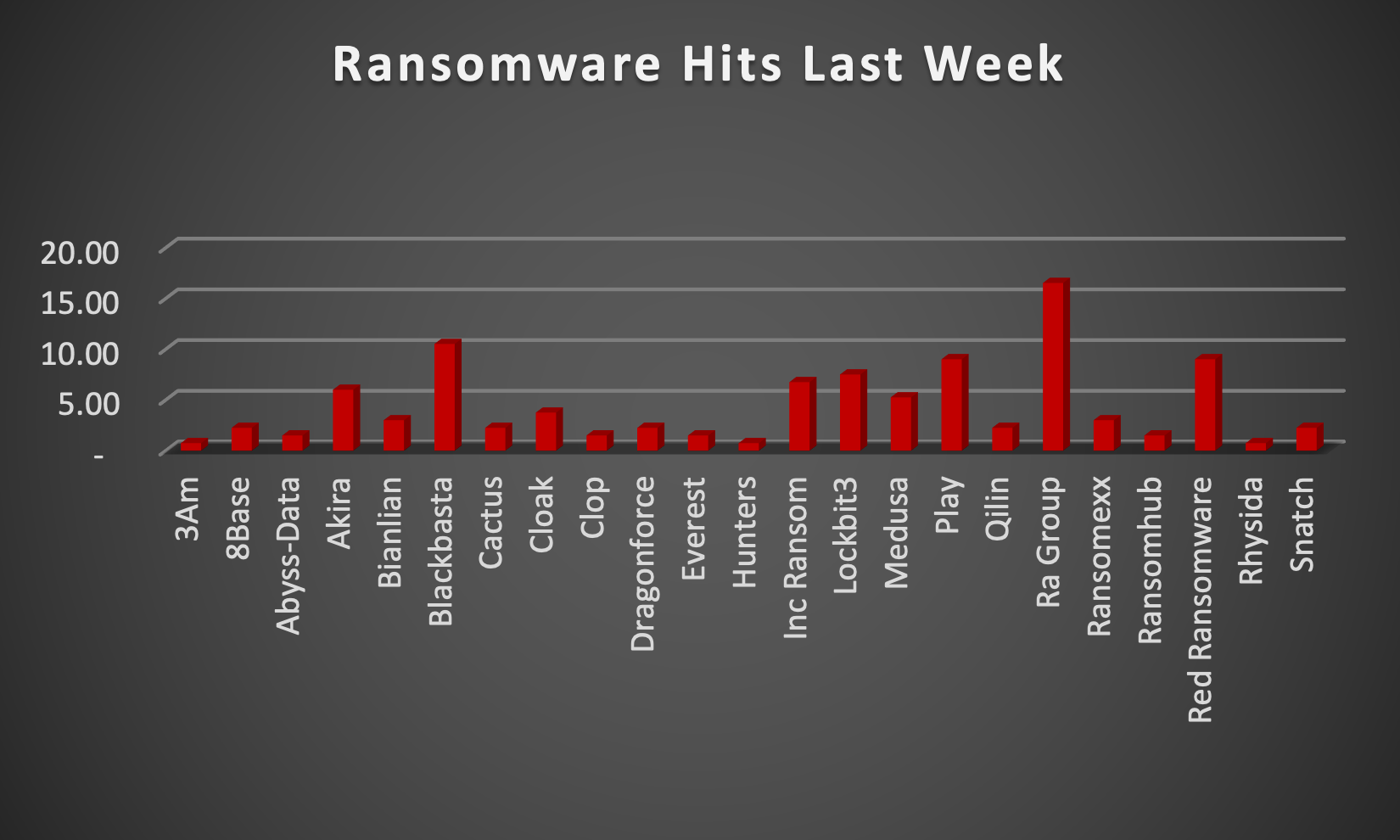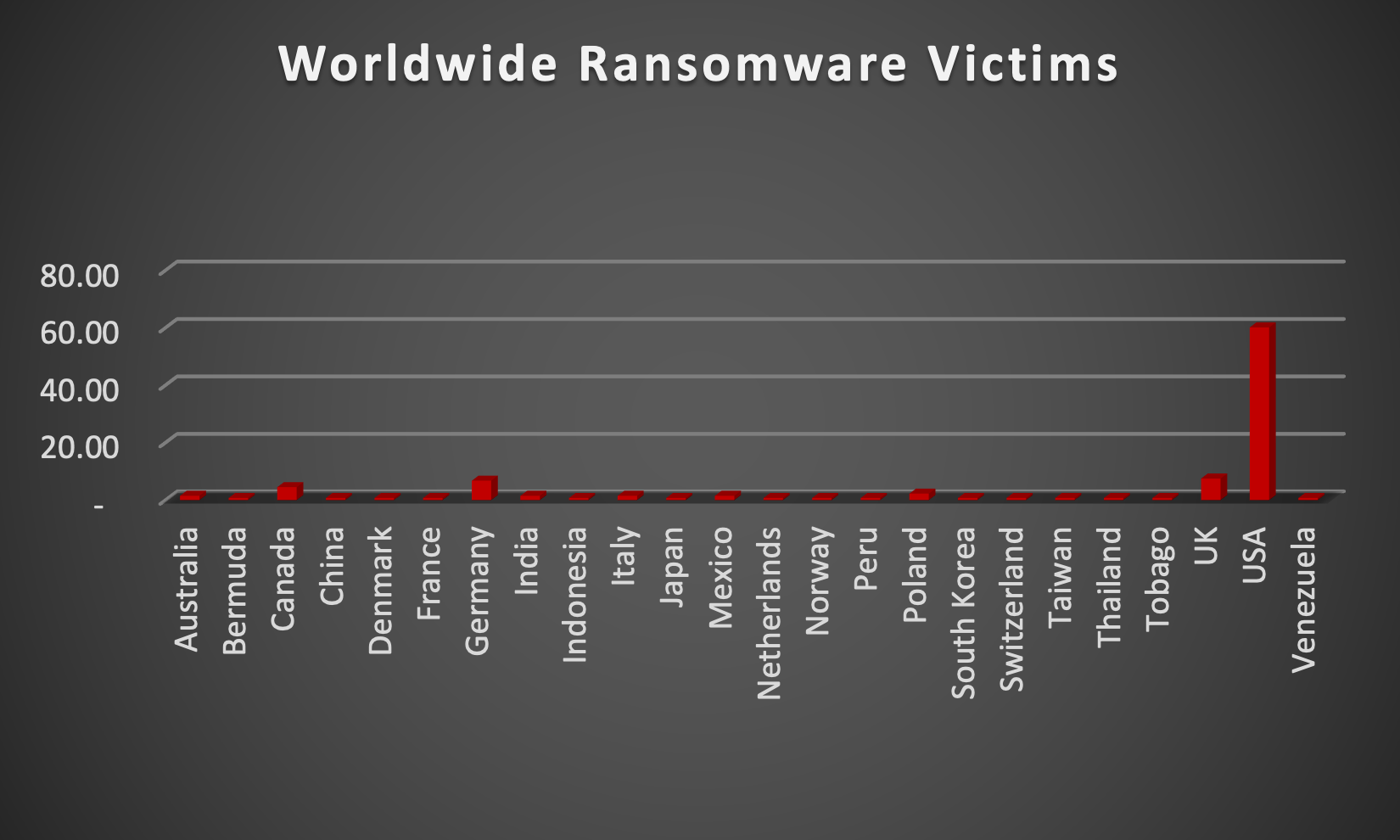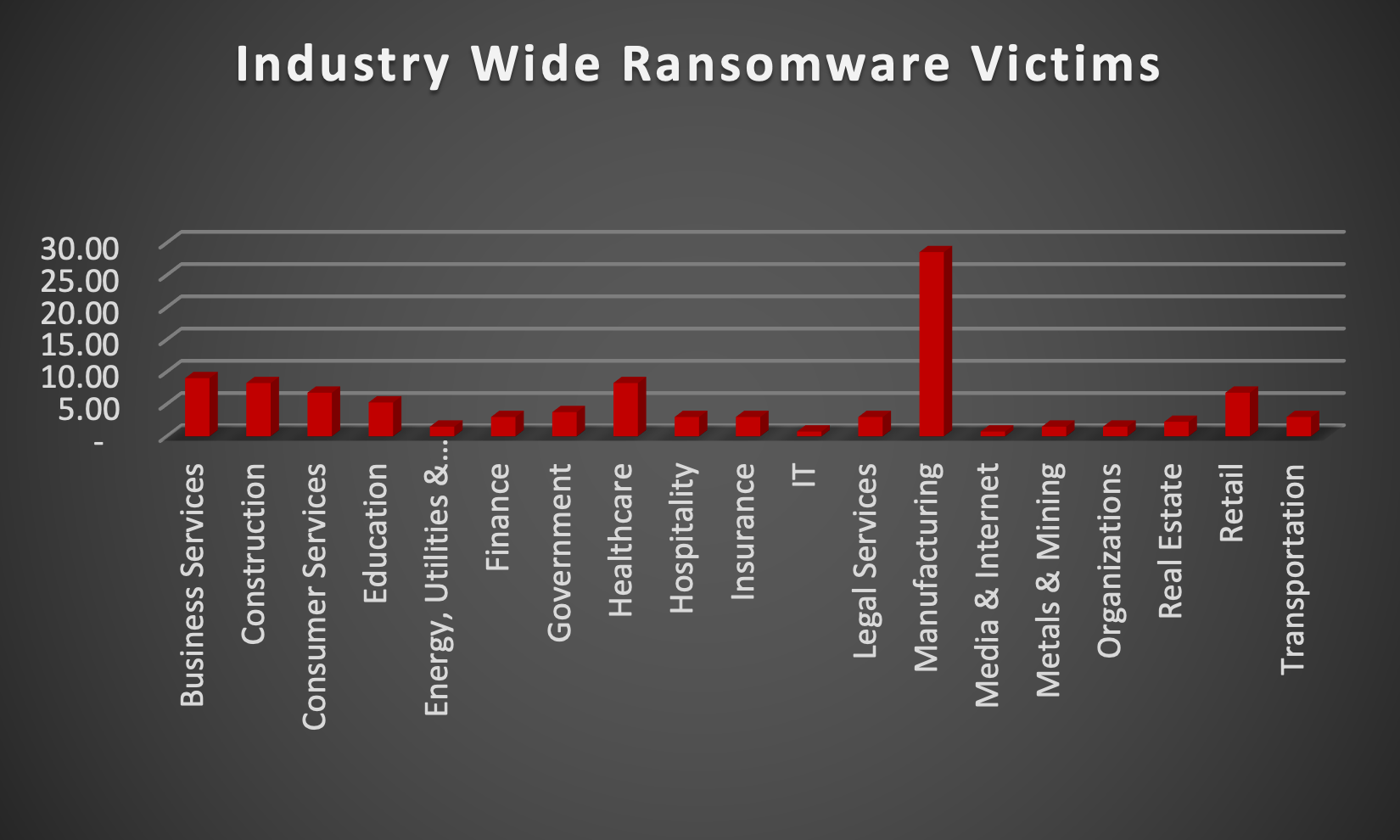
| New Threat Detection Added | 4 (PureLogs Stealer, TheMoon Malware, NimPlant C2 and FortiOS Remote Code Execution CVE-2024-21762) |
| New Threat Protections | 70 |
Weekly Detected Threats
The following threats were added to Crystal Eye XDR this week:
|
Threat name:
|
PureLogs Stealer | |||||||||||||||||||||
|
PureLogs, created by a threat actor named PureCoder, is a software designed to steal information. PureCoder sells various malicious programs, including miners, information stealers, VNC, and crypters, on their website. They promote their tools in cybercrime forums to attract customers. PureLogs and PureCrypt, their most impactful creations, are used by multiple threat actors in their campaigns. PureLogs, priced at $99 for a year, is a harmful .NET program. It targets browser data, crypto wallets, and applications like FTP clients, email clients, and VPNs installed on a computer, aiming to steal valuable information from users.
|
||||||||||||||||||||||
|
Threat Protected:
|
03 | |||||||||||||||||||||
|
Rule Set Type:
|
|
|||||||||||||||||||||
|
Class Type:
|
Trojan-activity | |||||||||||||||||||||
|
Kill Chain:
|
|
|||||||||||||||||||||
|
Threat name:
|
TheMoon Malware | |||||||||||||||||||||
|
Since 2014, TheMoon has quietly grown, now hosting over 40,000 bots from 88 countries by early 2024. Most of these bots serve as the backbone for Faceless, a notorious cybercriminal proxy service. TheMoon facilitates Faceless' expansion, adding around 7,000 new users weekly. Researchers have mapped Faceless' structure, revealing a recent campaign targeting 6,000 ASUS routers in under 72 hours. Faceless offers cybercriminals anonymity, attracting operators of botnets like SolarMarker and IcedID. This discovery underscores the escalating threat of cybercrime and the importance of tracking and understanding such networks for cybersecurity.
|
||||||||||||||||||||||
|
Threat Protected:
|
02 | |||||||||||||||||||||
|
Rule Set Type:
|
|
|||||||||||||||||||||
|
Class Type:
|
Trojan-activity | |||||||||||||||||||||
|
Kill Chain:
|
|
|||||||||||||||||||||
|
Threat name:
|
NimPlant C2 | ||||||||||||||||||
|
NimPlant is a lightweight, first-stage C2 implant made in Nim and Python. It is easy to configure and offers a sleek web GUI for smooth operations. All traffic is encrypted and compressed by default, with static strings obfuscated in implant artefacts. It supports various implant types like native binaries, shellcode, or self-deleting executables. NimPlant includes commands for early-stage operations such as local enumeration, file and registry management, and web interactions. More advanced functionalities or payloads can be deployed easily via inline-execute, shinject, or in-thread execute-assembly. It operates on any platform, though currently targeting x64 Windows.
|
|||||||||||||||||||
|
Threat Protected:
|
08 | ||||||||||||||||||
|
Rule Set Type:
|
|
||||||||||||||||||
|
Class Type:
|
Trojan-activity | ||||||||||||||||||
|
Kill Chain:
|
|
||||||||||||||||||
|
Threat name:
|
FortiOS Remote Code Execution CVE-2024-21762 | ||||||||||||||||||
|
A vulnerability in SSLVPNd has been discovered, potentially enabling remote unauthenticated attackers to execute arbitrary code or commands on Fortinet SSL VPNs through carefully crafted HTTP requests.
|
|||||||||||||||||||
|
Threat Protected:
|
02 | ||||||||||||||||||
|
Rule Set Type:
|
|
||||||||||||||||||
|
Class Type:
|
Trojan-activity | ||||||||||||||||||
|
Kill Chain:
|
|
||||||||||||||||||
Known exploited vulnerabilities (Week 5 - March 2024)
|
Threat
|
CVSS
|
Description | |
|
CVE-2019-7256
|
10.0 (Critical)
|
Nice Linear eMerge E3-Series OS Command Injection Vulnerability
|
|
|
CVE-2021-44529
|
9.8 (Critical)
|
Ivanti Endpoint Manager Cloud Service Appliance (EPM CSA) Code Injection Vulnerability
|
|
|
CVE-2023-48788
|
9.8 (Critical)
|
Fortinet FortiClient EMS SQL Injection Vulnerability
|
|
|
CVE-2023-24955
|
7.2 (High)
|
Microsoft SharePoint Server Code Injection Vulnerability
|
Updated Malware Signatures (Week 5 - March 2024)
|
Threat
|
Description
|
|
|
Cerber
|
Another type of ransomware but instead of the usual ransom text files, it plays audio on the victim’s infected machine.
|
|
|
Remcos
|
Remcos functions as a remote access trojan (RAT), granting unauthorised individuals the ability to issue commands on the compromised host, record keystrokes, engage with the host's webcam, and take snapshots. Typically, this malicious software is distributed through Microsoft Office documents containing macros, which are often attached to malicious emails.
|
|
|
Gh0stRAT
|
Gh0stRAT is a widely recognised group of remote access trojans strategically crafted to grant an assailant full authority over a compromised system. Its functionalities encompass monitoring keystrokes, capturing video via the webcam, and deploying subsequent malware. The source code of Gh0stRAT has been openly accessible on the internet for an extended period, substantially reducing the hurdle for malicious actors to adapt and employ the code in fresh attack endeavours.
|
|
|
MacStealer
|
A remote access trojan enables its operator to take control of a victim machine and steal data. It is usually distributed through spam and phishing emails.
|
| Ransomware Report | |
|
The Red Piranha Team actively collects information on organisations globally affected by ransomware attacks from various sources, including the Dark Web. In the past week alone, our team uncovered new ransomware victims or updates on previous victims across 19 different industries spanning 25 countries. This underscores the widespread and indiscriminate impact of ransomware attacks, emphasising their potential to affect organisations of varying sizes and sectors worldwide. RaGroup ransomware group stands out as the most prolific, having updated a significant number of victims (16%) distributed across multiple countries. In comparison, Blackbasta and Play ransomware group updated 10% and 9% victims, respectively, in the past week. The following list provides the victim counts in percentages for these ransomware groups and a selection of others. |
|
| Name of Ransomware Group | Percentage of new Victims last week |
|
3Am
|
0.75%
|
|
8Base
|
2.26%
|
|
Abyss-Data
|
1.50%
|
|
Akira
|
6.02%
|
|
Bianlian
|
3.01%
|
|
Blackbasta
|
10.53%
|
|
Cactus
|
2.26%
|
|
Cloak
|
3.76%
|
|
Clop
|
1.50%
|
|
Dragonforce
|
2.26%
|
|
Everest
|
1.50%
|
|
Hunters
|
0.75%
|
|
Inc Ransom
|
6.77%
|
|
Lockbit3
|
7.52%
|
|
Medusa
|
5.26%
|
|
Play
|
9.02%
|
|
Qilin
|
2.26%
|
|
Ra Group
|
16.54%
|
|
Ransomexx
|
3.01%
|
|
Ransomhub
|
1.50%
|
|
Red Ransomware
|
9.02%
|
|
Rhysida
|
0.75%
|
|
Snatch
|
2.26%
|

RA Group RansomwareThe RA Group is a relatively new ransomware operation that emerged in April 2023. Utilising a custom ransomware variant built upon the leaked source code of Babuk ransomware, RA Group presents a significant threat to organisations. While the specific attack vectors employed by RA Group are not definitively established, potential methods include phishing emails, exploit kits, or compromised software updates. One distinguishing characteristic of RA Group's tactics is its use of intermittent encryption, which encrypts portions of files rather than the entirety. While this may allow for partial data recovery, it still poses a substantial risk to businesses. Additionally, RA Group engages in double extortion tactics, stealing data before encryption and threatening to leak it if the ransom is not paid. The group primarily targets organisations in the United States and South Korea, with a focus on industries such as pharmaceuticals, insurance, wealth management, and manufacturing. RA Group's personalised ransom notes and encryption of executables with the victim's name suggest a level of customisation in their attacks. The financial impact of RA Group's attacks can be substantial, encompassing ransom demands, data recovery costs, and reputational damage. As such, a proactive approach to cybersecurity is imperative. In a comprehensive analysis of ransomware victims across 25 countries, the United States emerges as the most heavily impacted nation, reporting a staggering 60% victim updates in the past week. The following list provides a breakdown of the number and percentage of new ransomware victims per country, underscoring the persistent and concerning prevalence of ransomware attacks, with the USA particularly susceptible to these cybersecurity threats.
|
|||||||||||||||||||||||||||||||||||||||||||||||||||||

|
Upon further investigation, it has been identified that ransomware has left its mark on 19 different industries worldwide. Notably, the Manufacturing and Business Services bore the brunt of the attacks in the past week, accounting for 28% and 9% of victims, respectively. The table below delineates the most recent ransomware victims, organised by industry, shedding light on the sectors grappling with the significant impact of these cyber threats.
|
|||||||||||||||||||||||||||||||||||||||||

